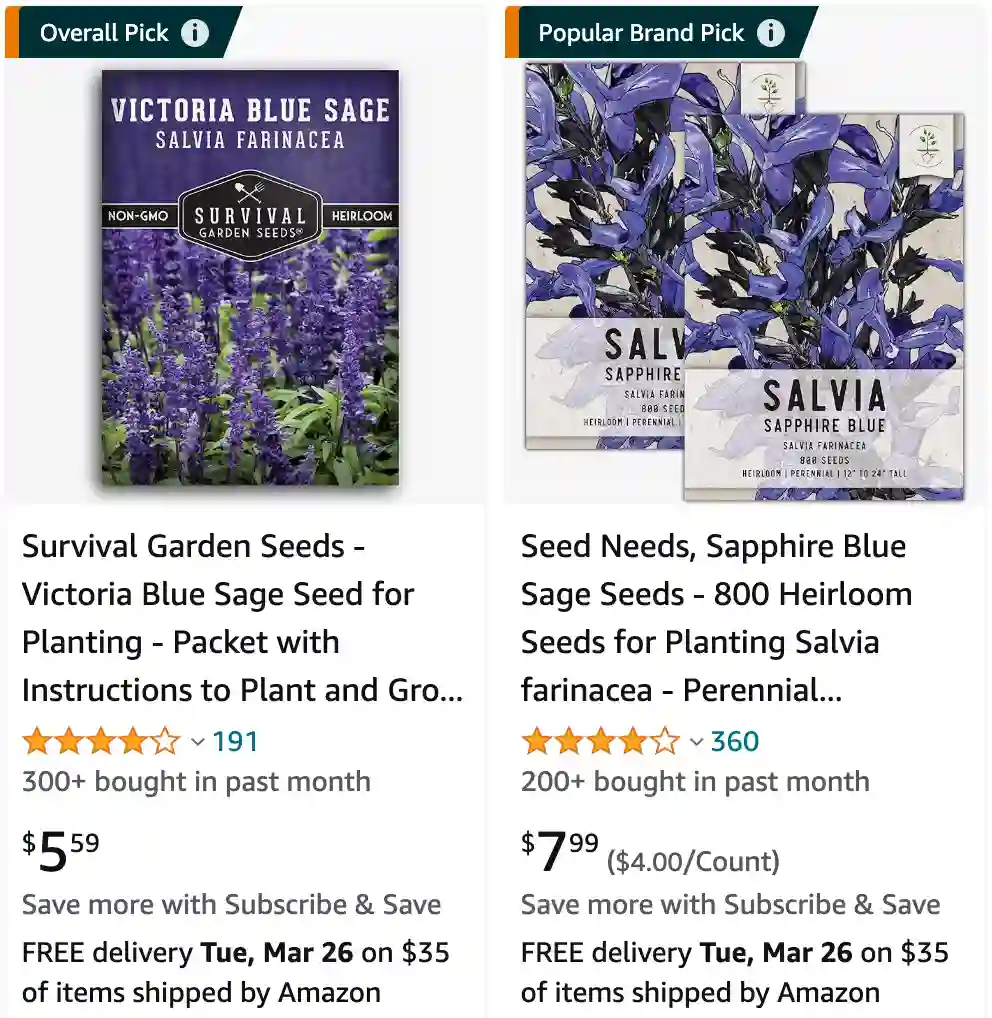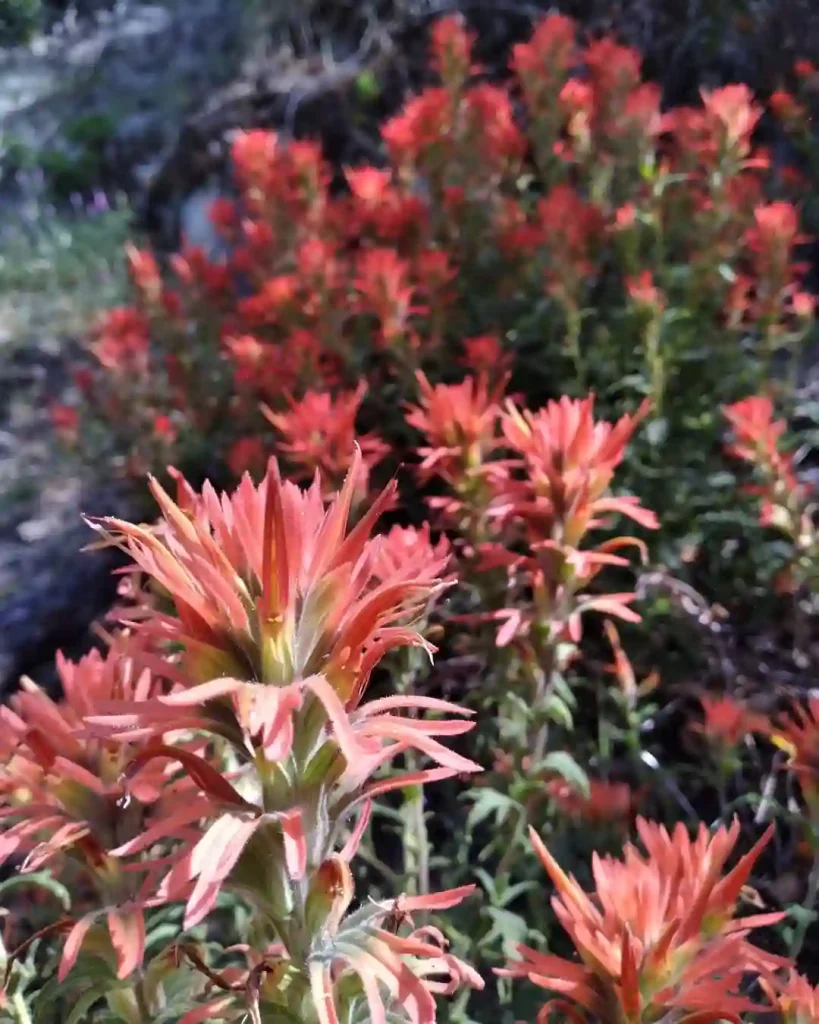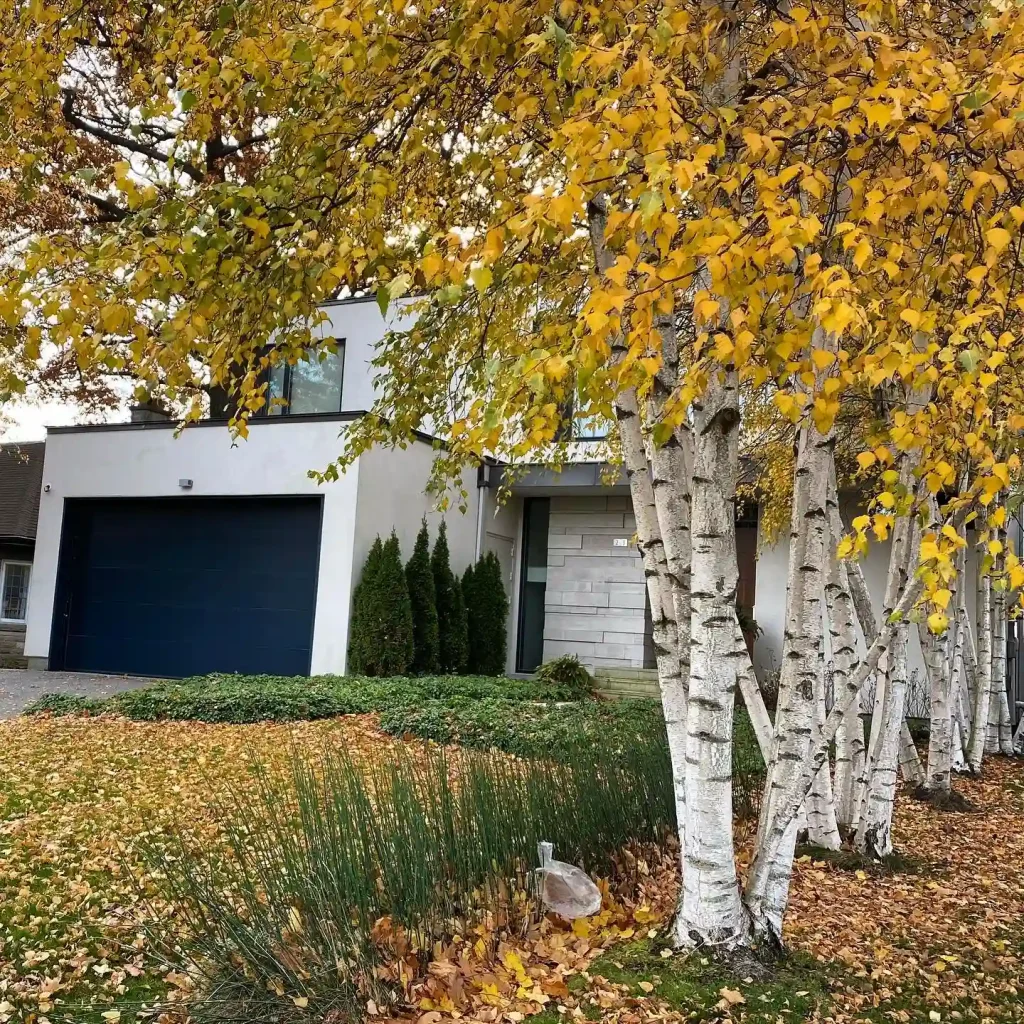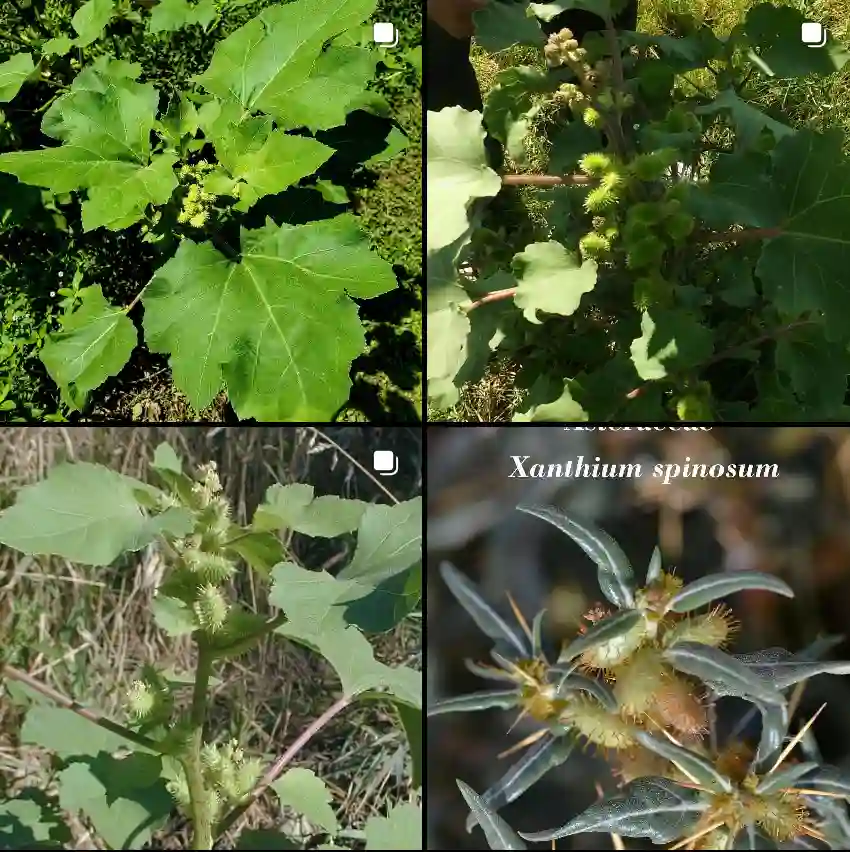
Blue Salvia vs Lavender
I find Blue Salvia’s vibrant blue blooms captivating in my garden, while Lavender’s soothing fragrance adds a calming touch to my outdoor space.
Are blue salvias perennial?
Yes, Blue Salvia is indeed a perennial plant. I’ve had mine for several years now, and they come back reliably each spring, bringing vibrant color to my garden. Knowing that they’ll return year after year is one of the reasons I love having them in my garden—it feels like welcoming back an old friend each season.
1050 Species in Genus Salvia
Can you smoke blue salvia?
I’ve heard of people smoking Blue Salvia for its purported hallucinogenic effects, but it’s not something I’ve ever tried myself. Personally, I prefer to enjoy its beauty in my garden rather than experimenting with its potential psychoactive properties. Plus, I’ve read that smoking it can be quite intense and even unpleasant for some people, so I’m content to stick to more traditional methods of relaxation.
How to care for blue salvias?
Here’s the rundown on caring for your blue salvias:
Sunshine and Soil:
- Sun: Most blue salvias, like many other salvia varieties, thrive in full sun, needing at least 6 hours of direct sunlight a day. However, some can tolerate part shade, though you might see fewer blooms.
- Soil: Well-drained soil is key! Blue salvias don’t like soggy conditions. Amend your soil with compost for extra nutrients if needed, but avoid over-fertilizing.
Watering:
- Once established, blue salvias are fairly drought-tolerant. However, during hot and dry spells, regular watering is recommended to keep them looking their best.
Pruning and Maintenance:
- Deadheading: Regularly removing spent flowers (deadheading) encourages your blue salvias to keep blooming throughout the season.
- Cutting back: After the first frost, prune the stems back to an inch or two above the soil line.
- Dividing: For perennials, divide your blue salvias every few years to maintain healthy growth.
Is blue salvia deer resistant?
In my experience, Blue Salvia is indeed deer-resistant. I’ve had deer frequent my garden in the past, but they’ve never shown much interest in my Blue Salvia. It’s a relief knowing that I can enjoy their beauty without worrying about them becoming a snack for local wildlife.
Is blue salvia poisonous to dogs?
I’m cautious when it comes to my pets, so I’ve done my research on whether Blue Salvia is poisonous to dogs. While some sources suggest that it can cause mild gastrointestinal upset if ingested, I’ve taken precautions to keep my furry friends away from it, just to be safe. Overall, I try to be mindful of what plants I have in my garden and their potential risks to my pets.
Does blue salvia spread?
Blue Salvia does have a tendency to spread, especially if it’s happy in its environment. I’ve noticed that it sends out runners and self-seeds quite readily, which can be both a blessing and a curse. While it means I often have new plants popping up in unexpected places, it also requires me to keep a close eye on its growth and occasionally thin out overcrowded areas.
Is blue salvia edible?
While Blue Salvia is technically edible, it’s not something I would typically include in my meals. Some people use its flowers as a garnish or in salads, but I prefer to appreciate its beauty in the garden rather than on my plate. I’m more than happy to leave it for the bees and butterflies to enjoy instead.
Can blue salvias grow in partial shade?
Blue Salvia can tolerate partial shade, but it tends to bloom best in full sun. I have a few plants growing in areas of my garden that receive dappled sunlight throughout the day, and while they don’t flower quite as profusely as those in sunnier spots, they still add a lovely touch of color to those areas. Overall, I’ve found them to be quite adaptable to different light conditions, which makes them a versatile addition to any garden.
If i die, water my plants!



